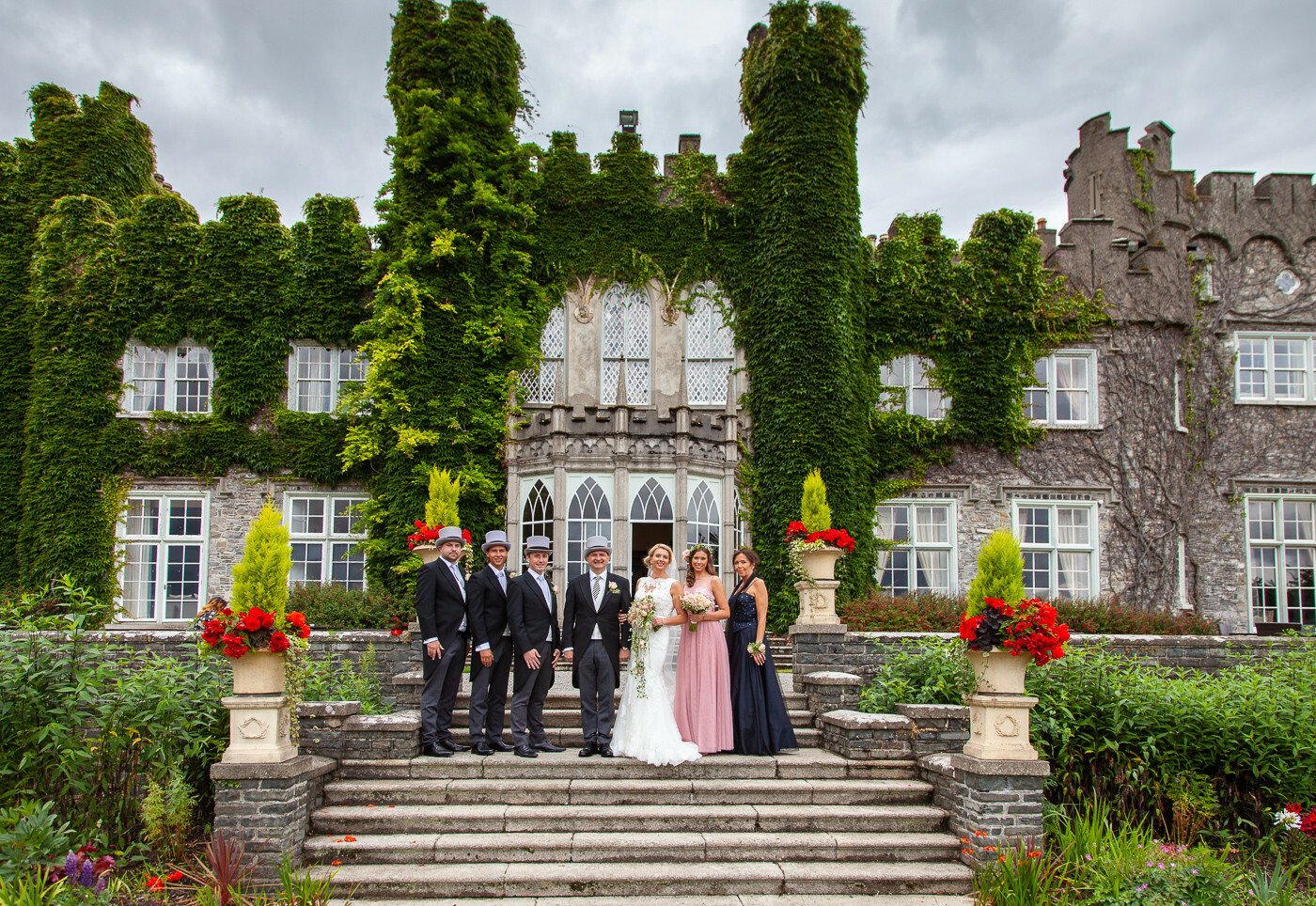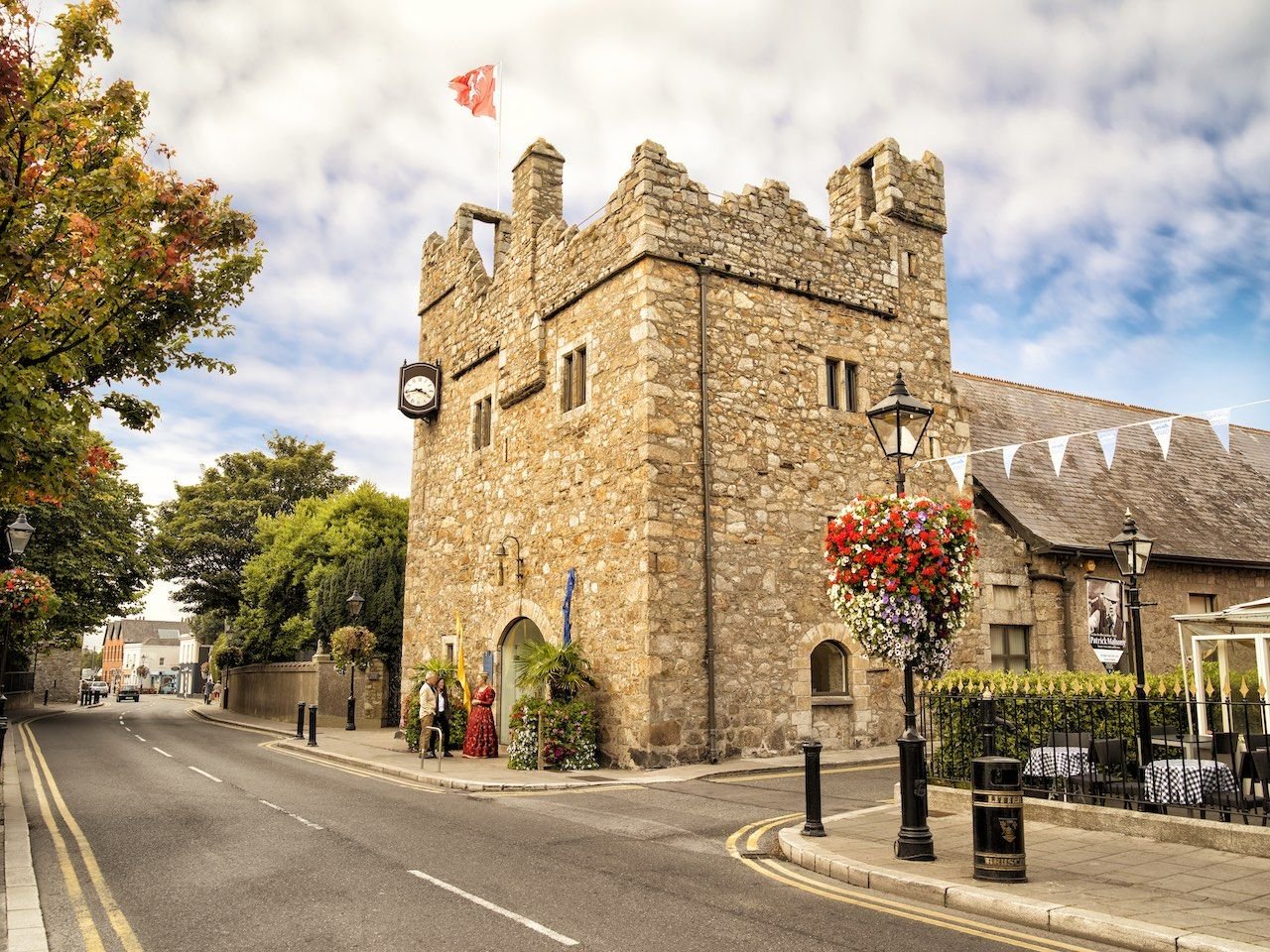The cost of living in Puerto Rico is lower than in the U.S., but it is not cheap. According to the Mercer’s Cost of Living Survey, San Juan ranks 66 out of 209 cities, on par with cities such as Sydney and Amsterdam. Prices are generally cheaper in apartment buildings than in free-standing houses. Housing costs are higher in the capital city than in the suburbs and are lower in smaller towns.
While medical care is generally good in Puerto Rico, prices are still higher than on the mainland. For those living on the island, it is best to purchase private health insurance, as the premiums are considerably lower than on the U.S. mainland. For families, childcare costs are another important consideration. Compared to the mainland, childcare is cheaper in Puerto Rico. As a result, many ex-pats choose to live on the city’s outskirts.
Rent is the biggest expense in Puerto Rico, but there are cheaper areas. You can find affordable housing in Culebra, a thirty-minute flight from San Juan. Alternatively, you can find a shared apartment in Old San Juan for as little as $150k. As the island’s population continues to grow, rent prices are rising. Despite this, it is still 30% cheaper than in the U.S. or U.K. Unless you are looking for an apartment in a tourist area, expect to pay at least $400 a month.
Good and bad things about living in Puerto Ricco
Before moving to Puerto Rico, knowing the good and bad things about living on the island is important. Its sunny beaches and friendly people can be attractive, but you must be aware of the high crime rate and lack of infrastructure. Even if you have good savings, driving around without a car might be challenging. However, Puerto Rico has plenty of stores, fast-food restaurants, and USPS shipping. Similarly, your cell phone plan will work in Puerto Rico.
The good thing about living in Puerto Rico is that you can enjoy a great culture here, as it is unique and full of culture. You can go on fun excursions, enjoy the local festivals and enjoy the delicious food. As a U.S. territory, Puerto Rico uses the U.S. dollar. You can also travel to different U.S. states without a passport, which is a great way to save money. The bad thing about living in Puerto Rico is that crime is prevalent in some areas but not everywhere.
The public transportation in Puerto Rico is not very good compared to the U.S. mainland. Using public transportation to get around is very difficult, and many residents of Puerto Rico live in poverty. Approximately one-third of the island’s population lives below the poverty line. Many families rely on government assistance to make ends meet. Therefore, you should plan ahead and buy a car if you can afford to do so.
Tax incentives
With tax incentives for living in Puerto Rico, many wealthy Americans are moving to the island to avoid the high taxes. These people are saving millions of dollars in taxes and purchasing real estate in the region. This real estate appreciates in value, just like in other tax havens in the Caribbean. For example, a house in Saint Barthelemy recently sold for $90 million. This is a perfect scenario for tax-motivated individuals who want to enjoy a low cost of living.
The government of Puerto Rico has launched several incentives for service businesses that are based on income taxes. These businesses can include asset managers, marketers, public relations experts, computer programmers, graphic designers, and public relations specialists. These businesses are eligible to receive special tax treatment and a host of other benefits for relocating to the island. But perhaps the most attractive tax incentive is the 4% or less low-income tax rate. The tax rate is a mere rounding error compared to income taxes in the mainland U.S.
The tax incentives for living in Puerto Rico are designed to promote economic growth by providing a tax break for incoming residents and service businesses. The island’s two main tax incentives, Act 22 and Act 20 provide zero-tax rates on capital gains, dividends, and specific interest. Unlike other tax havens, these two laws are also very generous, providing nearly 23,000 exemptions for those who live on the island.
Weather
There are several different seasons in Puerto Rico, and the best time to visit is during the dry season, between June and October. The rainy season is between August and October when the temperature averages in the 80s. The temperature remains relatively stable throughout the summer and fall. Hurricane season takes place between August and September. The sea temperature is generally warm during these months, ranging between 80 and 84 degrees Fahrenheit. In addition, the humidity is relatively low, with temperatures only rising into the 70s during winter.
Rainfall varies considerably throughout the island, with some cities in the north experiencing only 29 inches of rain per year while the south experiences 171 inches. The wettest month is August, and the driest month is March. During the dry season, the island enjoys above-average temperatures. The rainy season starts in April, and the “dry season” begins in December. This period also experiences cold temperatures.
Warm temperatures characterize the summer months in Puerto Rico, but the drier months of September and October are the least comfortable. The colder months of January and February have the lowest temperatures, with an average temperature of 15°C. The muggiest months are January and July. There is no clear-cut dividing line between the seasons, so you’ll want to know what to pack for every season. Consider carrying a raincoat or umbrella for protection from the sun and wind.
Culture
The culture of Puerto Rico is very traditional. Puerto Rican women are taught to be modest, and many do not wear bikinis to public beaches. In fact, if you see a woman in a one-piece bathing suit, it is probably a tourist, not a local. In addition to modesty, Puerto Rican women also practice chastity. Similarly, in public spaces, women are expected to be modest and to keep to themselves.
The island’s culture is a fascinating amalgamation of African, Taino, and Spanish cultures. Many of the local towns still bear the names of their Taino ancestors, and some people still have family roots on this island. Puerto Rica’s flag, meanwhile, is full of symbols and is reminiscent of the old country. For example, the flag depicts the blue sky, white sea, and white star of independence.
Although most of the land is in private hands, Puerto Ricans still consider family life to be an important cultural value. Families are considered their most reliable support system. However, the high rate of divorce and the increase in serial monogamy have led to a deterioration in this aspect of Puerto Rican culture. In the past, female virginity was a cherished attribute, but today it is not nearly as celebrated as it once was. The modern concept of courtship has shifted from the traditional custom of courtship to group dating and then eventually to individual or group dating. Marriage ceremonies are either religious or secular and generally include a reception for family and friends. Single people, however, are still accepted.
Location
The climate in Puerto Rico is typical of a tropical rainforest. The average temperature is around eighty-four degrees Fahrenheit (82 deg F) all year long. The island’s coastal areas and lowlands receive relatively constant temperatures, although southern areas can be a bit cooler. Easterly trade winds moderate the tropical climate, and the island experiences a rainy season from April to November. Puerto Rico has more than 50 rivers and lakes, with the northern rivers being larger and carrying more water.
The island is made up of a variety of different geological formations. Coastal areas are predominantly lowland, with hundreds of miles of sandy beaches and rocky cliffs. However, many of the island’s most distinctive features are the area’s volcanic activity and the karst region. The karst region of Puerto Rico is filled with sinkholes, small caves, and rainforests. In addition, the island is characterized by deep gorges, sinkholes, and a huge underground river system known as the Puerto Rico Trench.
The Spanish quickly colonized Puerto Rico, and the indigenous Taino people were enslaved and forced to work for the Spanish crown. These conditions and diseases soon wiped out the population, and African slaves were imported to fill the gap. The Spanish Empire briefly claimed Puerto Rico as a stronghold in the Caribbean, but its failure to provide essential welfare services led to political activism, which eventually culminated in the formation of the Puerto Rican Nationalist Party.







